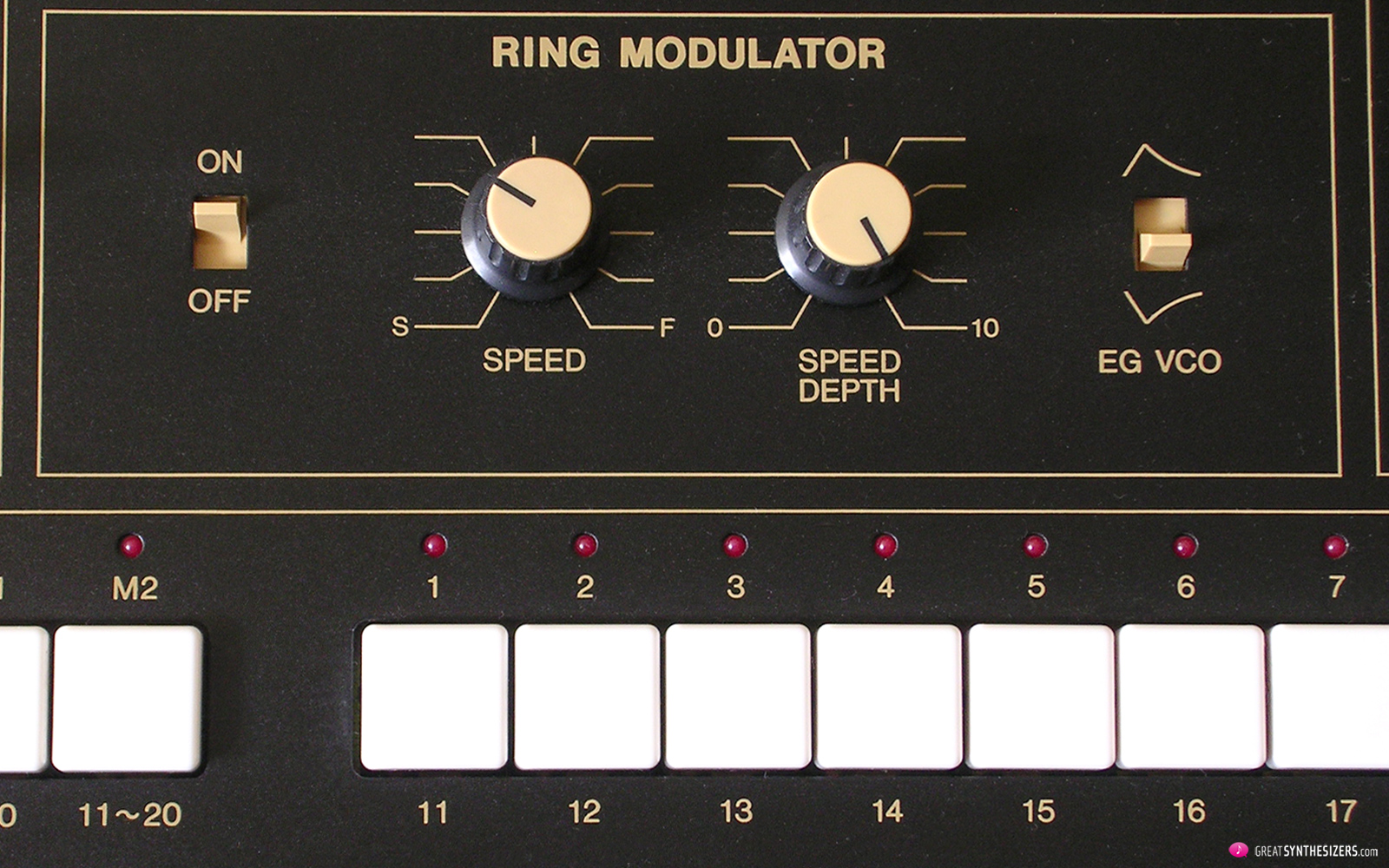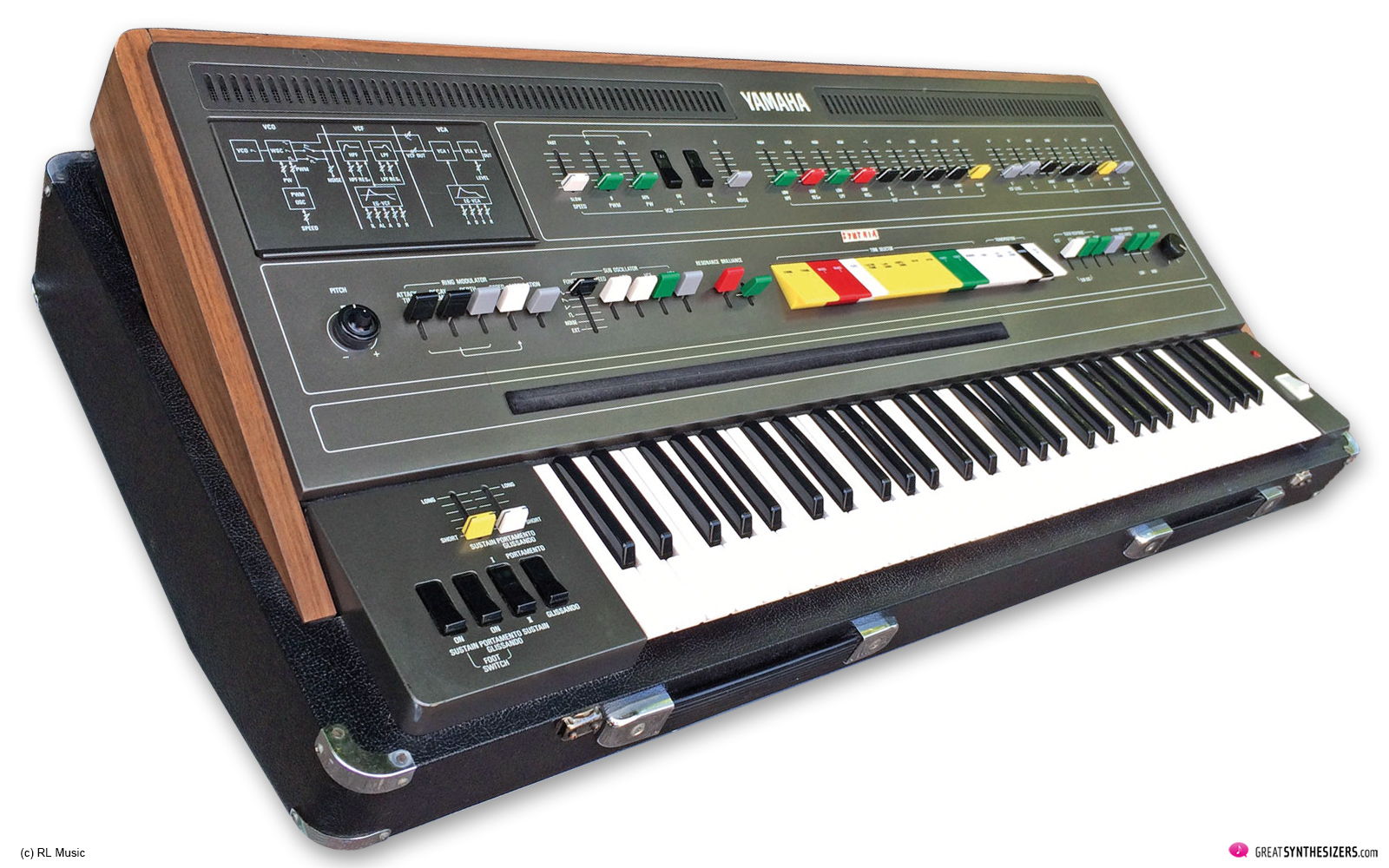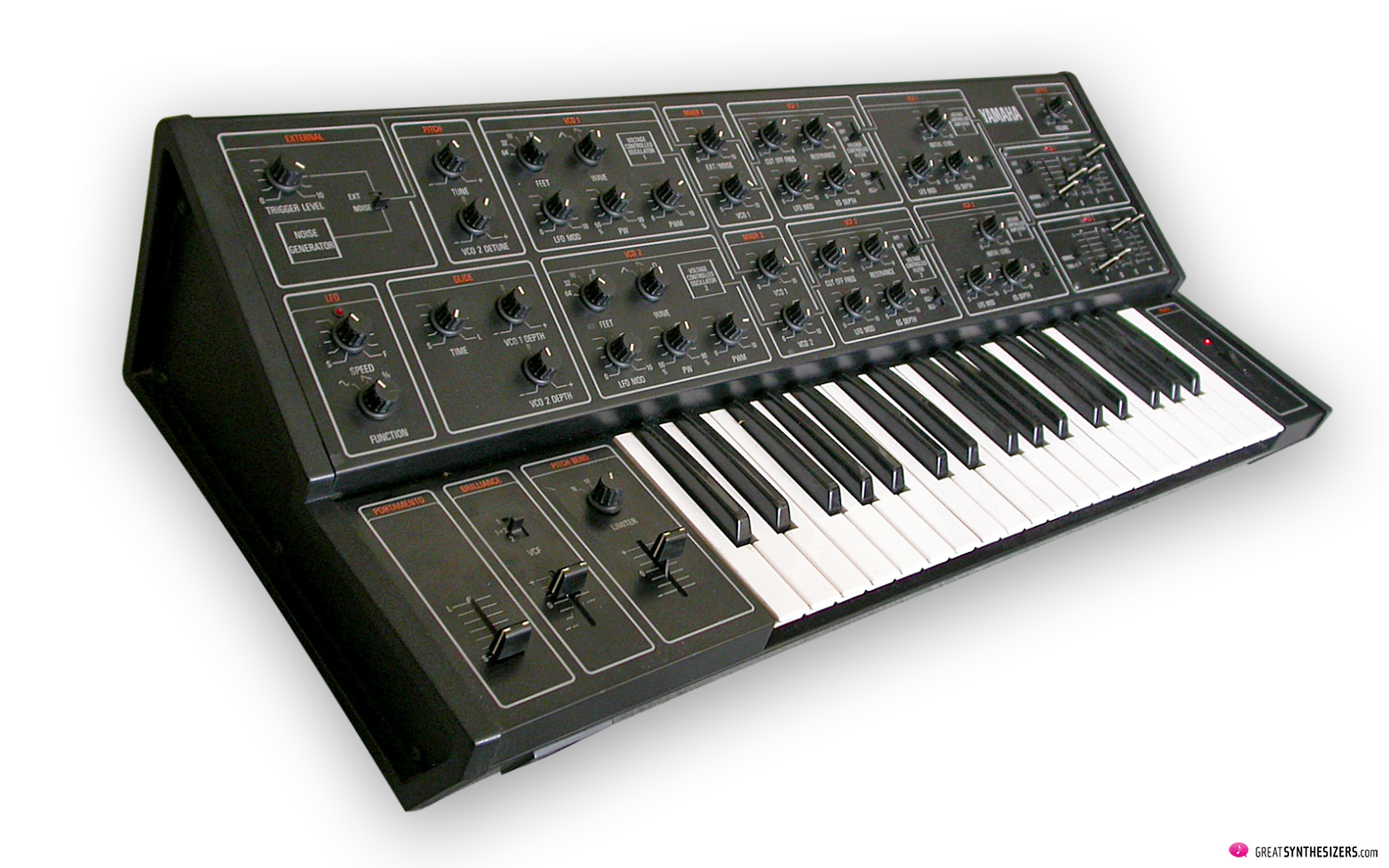Numerous factors come into play when designing a synthesizer and choosing its specific features. Who is the target audience? Is it for studio or live use? What price point is being targeted? What other equipment is it designed to work with and what is the competition?
While some specifics like live versus studio use are usually easy to decipher regardless of a synthesizer’s age, the reasons for other specific feature choices can become less clear with time.
This is particularly true for older (say, pre-1980) synthesizers where there was still no standard rule book for synthesizer design, and, as time goes on, we have increasingly limited insight into the context for a synthesizer’s design or access to those involved in its development.
And although we may tend to think of small, boutique synthesizer makers as being more likely to come up with odd or non-standard features, even major companies have had their share of esoteric or seemingly non-sensical designs. I am going to focus here on the excellent sounding but haphazardly specified Yamaha CS synthesizers, and some of their quirkier design choices and inconsistencies.
A little Yamaha-background
There were three eras in the CS history (for simplicity, I am ignoring the SY-1 and 2, which were essentially monophonic versions of the CS-50 or 60).
The first era included the polyphonic
CS-50 / CS-60 / CS-80
all of which included a novel high-pass/low-pass filter design and performance-focused features such as aftertouch and a ribbon controller. The faux wood stylings of the polyphonic CS-Synths were then replaced by chic black for the next era, comprising the monophonic
CS-5 / CS-10 / CS-15 / CS-30 / CS-30L
The 5 and 10 had a single oscillator and one multimode (lowpass/bandpass/highpass) filter, whereas the 15/30/30L had two oscillators that could be routed in various ways through two multimode filters. Yamaha then returned to faux wood laminate but kept the multimode filter design for their M era (the M stands for memory).
CS-20M / CS-40M / CS-70M
This era included the monophonic CS-20m, the true duophonic CS-40m (each voice had its own VCOs/VCF/VCA), and the 6-voice polyphonic CS-70m, whose ability to layer sounds harkened back to the heady dual channel setup of the CS-80.
Lastly, there was the
CS-15D
a two-oscillator, dual-filter crossbreed that seems to have utilized the sound circuits of the black CS-series but added presets and a user-configurable second channel, similar to the original SY-1/2.
Esoteric design aspects … Yama-huh?
The CS-15D actually presents a perfect starting point from which to demonstrate the idiosyncratic feature choices that Yamaha made over the production timeline of these 12 synthesizers. The CS-15D shares with the CS-15 both a dual channel architecture and one external interfacing feature that gets to the heart of the baffling Yamaha feature selection phenomenon: both synths contain separate CV/Gate inputs for each oscillator; however, only the 15D, presumably designed to be a consumer-level synth, has separate audio outputs! This means that you can sequence each channel on either synth to your heart’s delight, but only the much more obscure 15D lets you process the two audio channels separately (a feature you would expect on a professional model). Why did Yamaha exclude sensible independent audio outputs on the CS-15, which up to that point in the signal path is essentially two completely independent synthesizers in one box?
An inverse of this trend is seen when we turn to the monster dual-channel CS-30, and its sequencer-less partner, the CS-30L. On both we find two audio outputs but only one set of CV/Gate inputs. The dual-channel setup of these synths means that, when played internally, we can turn a typically monaural monophonic sound into something much more interesting. For example, if each channel’s filter is swept at different rates by different envelopes, we get a dynamic stereophonic sound that few non-multitimbral synths can achieve, even today. However, if you wanted to sequence and process each channel externally for two truly independent synth channels (and why wouldn’t you)? Forget about it.
Another design choice on the 30 and 30L, the feeding of only the highpass filter from VCF1 into VCF2, seems highly limited until you place it in the context of the earlier CS polys. This is the exact filter architecture of the 50/60/80, where the HPF is fed into the LPF, and this means that the CS-30 and 30L can essentially behave like a monophonic CS-50/60/80. That being said, they don’t quite sound the same.
Tonal differences within the CS-Series
The tonal differences between the three CS eras are another fascinating design aspect that is not frequently documented. Firstly, it must be noted that ALL of the CS-series synths use the exact same custom Yamaha-designed chipset. By which I mean that you can take a CS-40m filter chip and drop it straight into your CS-50. Ditto for your VCA chip (which is convenient, because it’s this chip that seems to fail the most often).
Therefore, we would expect that all of these synths sound alike. And they do, for the most part—there is no question that all CS synths have a very similar sonic character thanks to their shared use of rigidly tuned, harmonically dull oscillators and distinct 12dB/octave multimode filters. But beyond basic chips there are other peripheral components that can shape the tone, and it is apparent that Yamaha made several modifications to the CS sound over the course of its history.
The first CS era (the polyphonic 50/60/80) have what I consider to be the most rubbery sound. Filter resonance at max leads to an inescapable funk that sounds firmly 1970s. The middle black CS era loses the polyester and are the politest of the CS synths. This is not meant as a slight; they simply sound precise and focused—a sonic trademark that they share with other Japanese synths from that era, e.g., Roland. The refined sound of the middle/black CS era is most obvious when compared to the later M era, which sounds notably more aggressive and bassy, more akin to what we usually characterize as an “American” sound.
The tonal differences are nowhere near that of an Oberheim OB-X compared to a Roland Jupiter-8, for example, but there is a noticeable difference. Was this change deliberate on Yamaha’s part? Perhaps an attempt to compete with the burgeoning American polysynth market in the latest ’70s–earliest 80s? Or was it just a circumstance of different engineers using different peripheral VCO/VCF/VCA components to accommodate the various updates to each series? We may never know.
Text: Matt Vrazo
Pictures: Theo Bloderer, RL Music
Link:
Yama-huh? Esoteric design aspects of Yamaha CS synths (Part 2)










What about the CS-20 & CS70 are there only m version’s of these¿what are the difference’s between these two & their CS siblings seem that they’re somewhat omitted from this article thanx dude
Trey, the 20/40/70 were all part of the “m” series (there are no other versions). They are what I call the “American” sounding CSes, with their slightly more aggressive sound. They also have patch memory and they are probably the most comprehensive in terms of modulation. Those are the main differences.